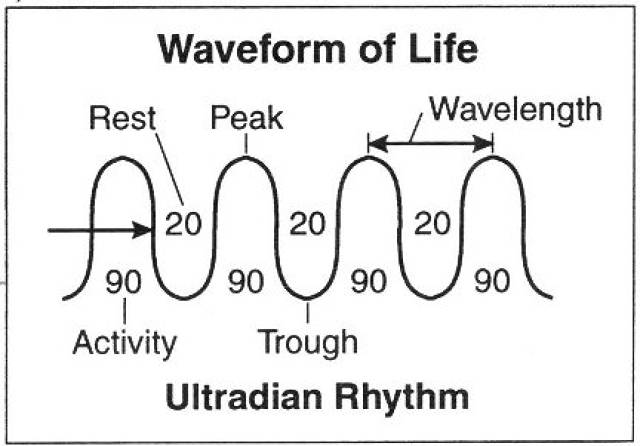I’m super excited after a 2 year break, to announce the release of my new book, ‘Jane Hates Her Job: 24 sure-fire ways to motivate employees to do great work’.
You can purchase it on Amazon by clicking here, where you will also find a preview of the first 3 chapters as well as a detailed review of it.
Now to give you some detail about the ‘Jane Hates Her Job‘ book.
Jane, along with the large majority of workers worldwide, hates her job. The predominant reason for which is that Jane and the like are disengaged at work.
Unfortunately, this is neither good for the employee nor the business. But it doesn’t have to be like this. You, as a manager, are in a prime position to do something about it. And this where the book ‘Jane Hates Her Job’ really comes into its own. Here you will find 24 sure-fire strategies for turning your disengaged employees into fully engaged ones.
Including:
– Showing staff that you can be trusted.
– Removing barriers to employees doing their job.
– Ensuring staff feel valued and appreciated.
– Hiring the right people.
– Creating a fun workplace.
If you are looking for ways for put an end to your employee disengagement problems, and by doing so make your business perform much better, this book is definitely for you.
Not only is ‘Jane Hates Her Job’ jam-packed full of proven-to-work methods for bringing about change in any workplace where job satisfaction is important but not evident, it’s also set out in such a way as to help you implement all 24 employee satisfaction strategies in the most effective and shortest possible time.
A review of the book by Jamie BJ
Guide to Getting Employees More Engaged
5 out of 5 stars
April 30, 2019
In this book, author Tim Wilke discusses 24 strategies that will help improve employee engagement. The first part of the book has the manager do some assessment about the current level of engagement that the staff has. In this part, he also discusses the cost of disengagement as well as giving the big picture of the 24 strategies and how to apply them. Part 2, the bulk of the book, lays out the 24 strategies. They range from very simple (like saying hello to your staff every morning) to ones that are a little more vague about how to implement (like showing respect to employees) to ones that would require corporate culture change (like doing away with annual performance evaluations).
In each chapter about a strategy, he discusses research sometimes and also has you ponder your own experience or made-up scenarios that give insight into the strategy. He often tells what’s in it for management regarding the strategy, and he always ends by showing what personal needs of the employee are addressed by the particular technique. Sometimes, he gives detailed descriptions about what to do, and other times, they are more general.
For the most part, the strategies he suggests should be common sense for managers. Having worked in several larger organizations myself, I know that common sense is not so common, particularly with certain managers and typically more apt to be absent in a large organization. There are definitely dangers in misinterpreting or poorly implementing some of these strategies; the author does caution about some of these pitfalls. I’m particularly thinking about the “management by walking around” strategy. I had a manager who did this, but she used it to micromanage and belittle employees; the author does mention this as a “don’t.”
I need your help
I’d like to ask you a favour. Would you mind taking a few minutes to write a review of my book ‘Jane Hates Her Job‘ on Amazon. Your comments help others know what they can expect to find in the book and whether it is helpful to them in their work.
If you kindly agree to my request, could you please contact me by clicking here. I will then send you an PDF of the book for you to review.
Thank you for offering to do this. I’m looking forward to reading your comments.











 One of the things that every leader / manager should know about
One of the things that every leader / manager should know about How to change your behaviour so as to become a better leader
How to change your behaviour so as to become a better leader